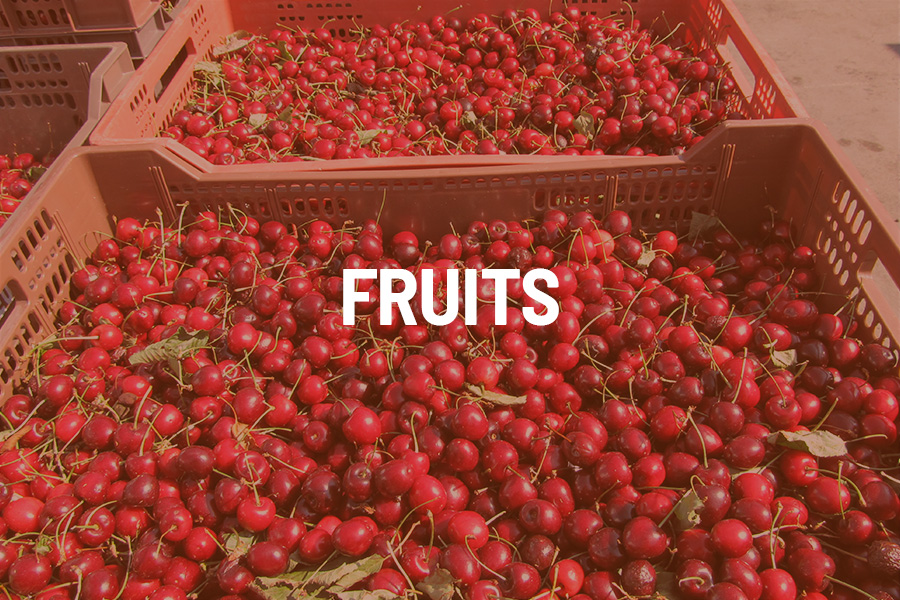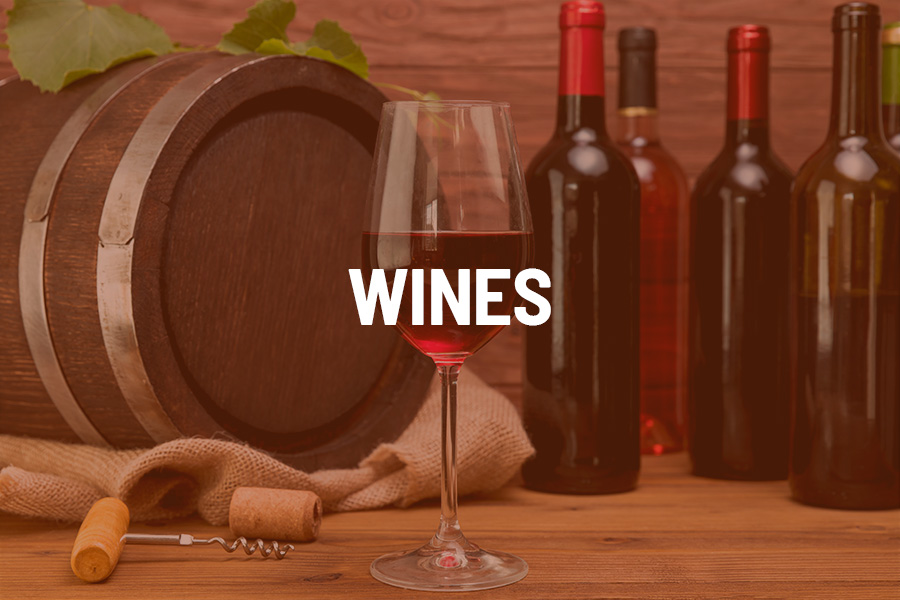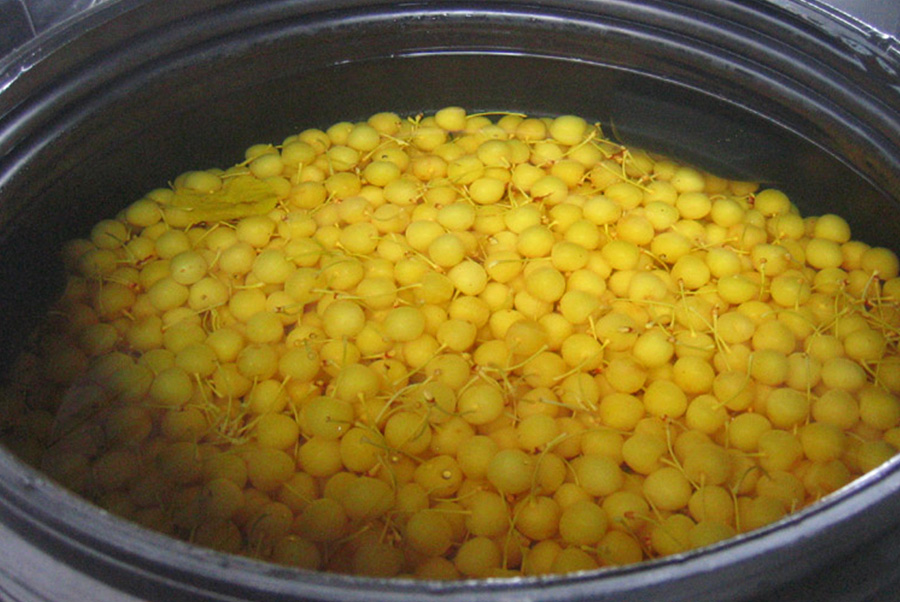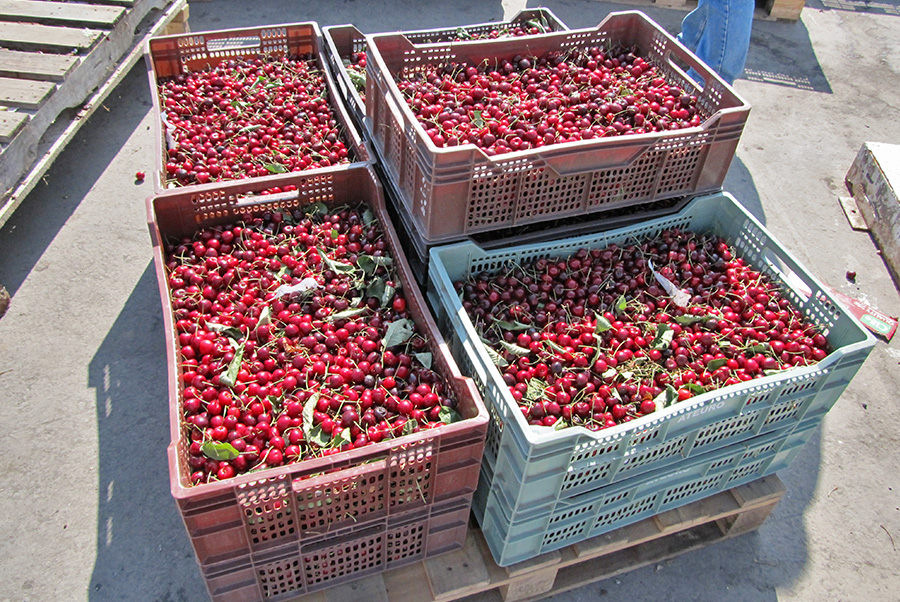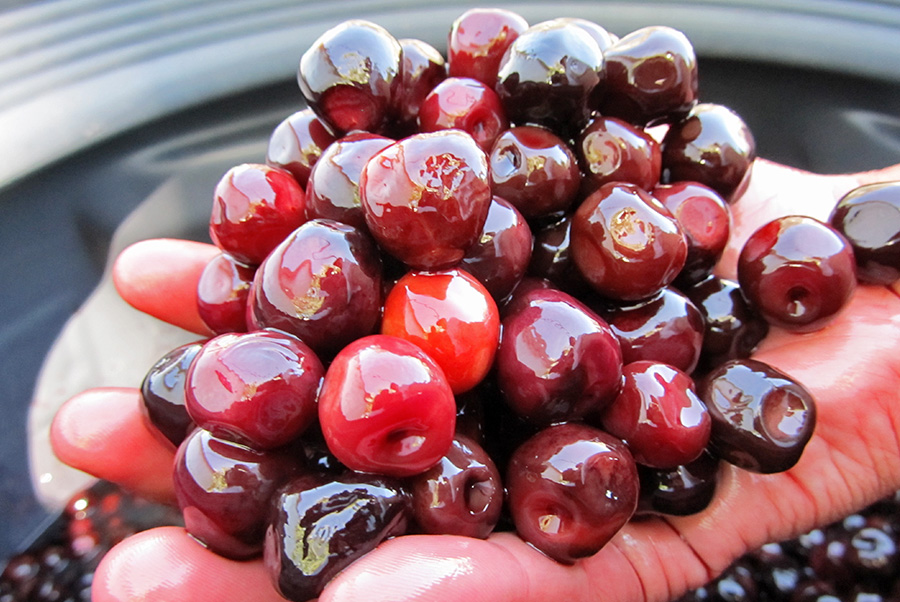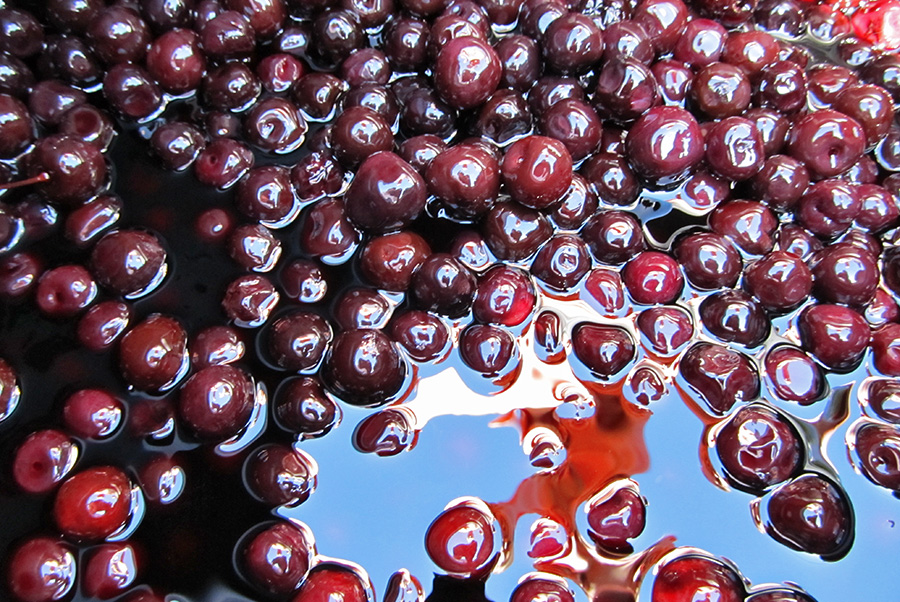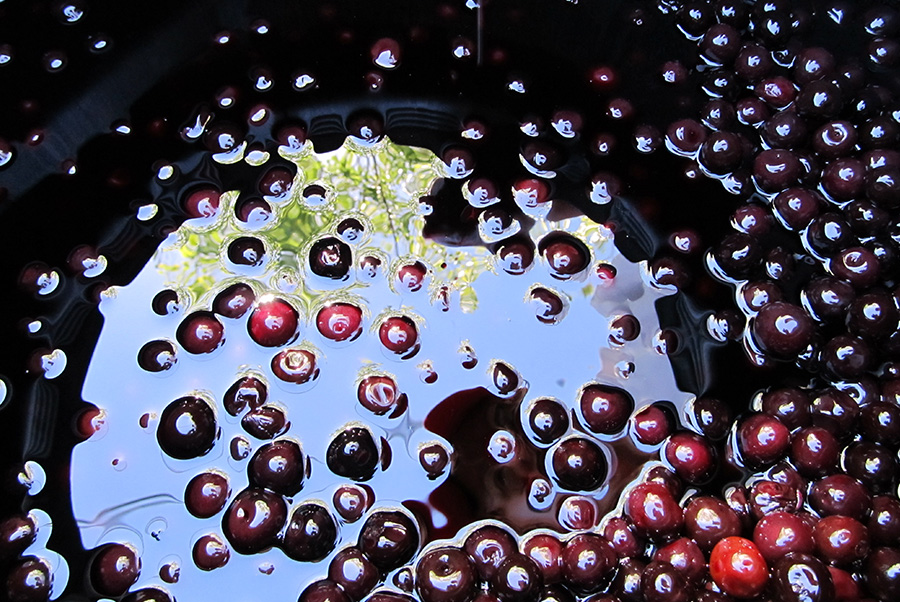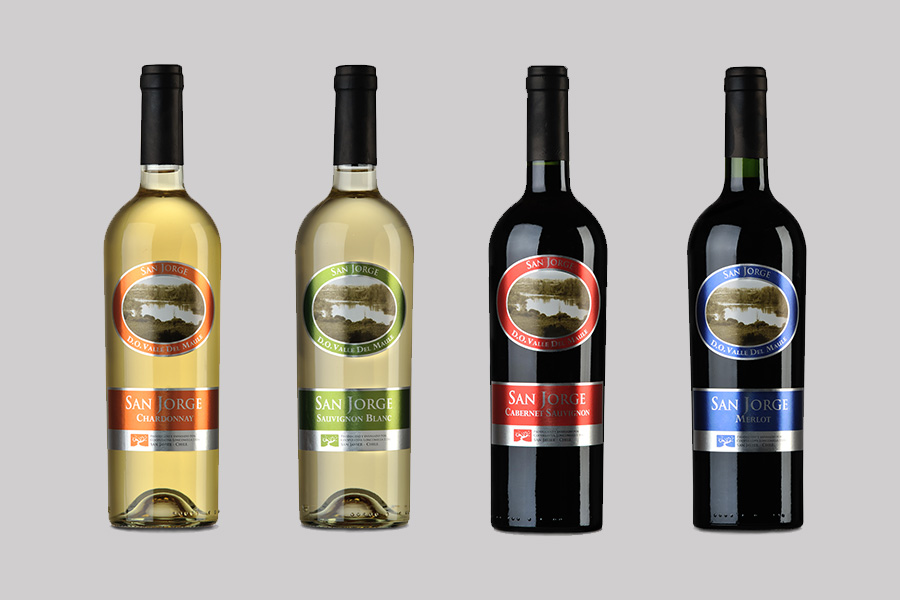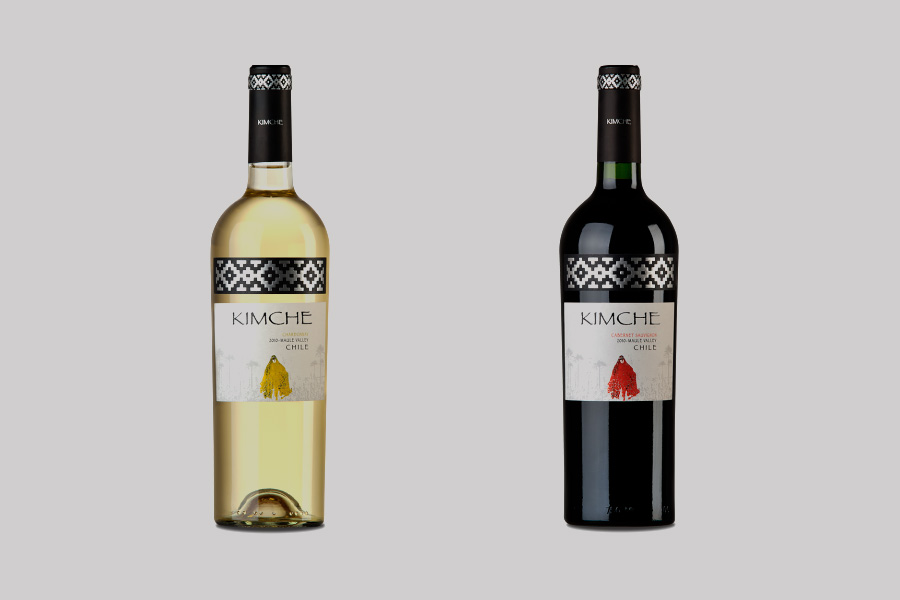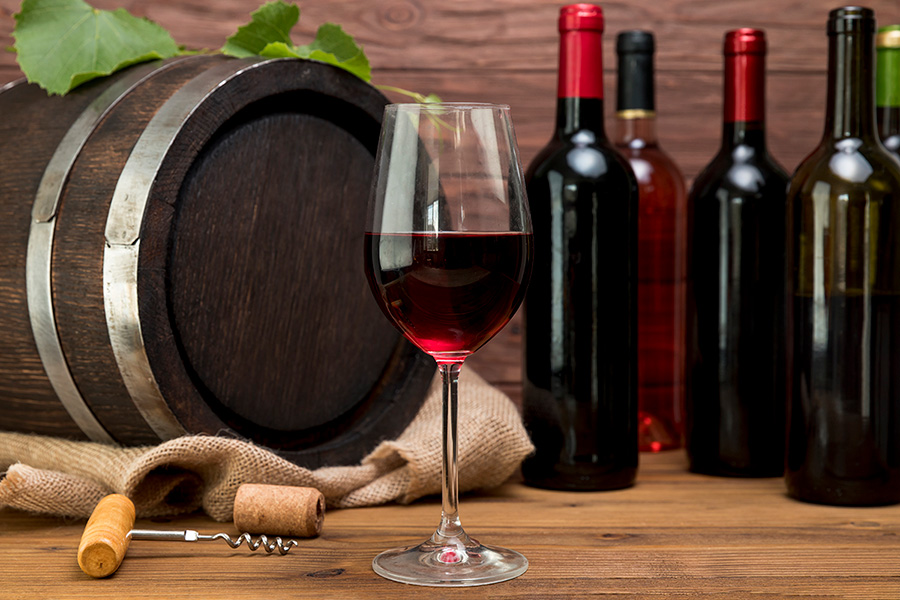
DIESVA has been shaping its lines of business, as a result of the interest and demand that has been existing worldwide for the typical products of our country. This is how DIESVA Agriculture was born, dedicated to the processing, packaging and marketing of products from our land, such as Fresh Fruits, Wild Fruits, Dried Fruits and Mushrooms, and the Wines produced by the important national wine industry, characterized by its worldwide Prestige.
Its facilities are located in the Itata Valley, in the Biobío region, Chile, and it has an infrastructure capable of processing and packing the products, according to the quality standards of each client.
Chile has a unique geographical position worldwide, the countries that are in the southern hemisphere of the planet are a few, and within them, Chile is the southern of all. This generates a particular advantage, when Chile is harvesting its fruits, there is no other country on the planet that is also harvesting its fruits. That concentrates buyers in our country, and the offer that is generated to the world only the one of our national producers. Land suitable for agriculture in our country is not extensive, that is why Chile has the privilege of using this attribute to its benefit. The fruits are mainly harvested in the spring and summer season, which leaves space to generate more business in the winter and autumn season, that’s where, like the fruit, Chile is in full harvest of Mushrooms, allowing it to generate an offer of fresh and dehydrated mushrooms, when the rest of the planet is in spring and summer.
Chile has well-differentiated seasons, generating climatic conditions that Fruits and Mushrooms need to develop in the best possible way, allowing generate a top quality offer worldwide.
FRUITS
Industrials Fruits
In the industrial fruit area, we work with 3 products:
Cherries in Alcohol
Sulphited Cherries
Blueberries in Alcohol
Dried Fruit
Almonds
Product without shell, with skin.
Sizes: 18/20, 20/22, 23/25, 25/27, 27/30, 30/32, 32/34, 34/36 y 36/up. The size means the length of the fruit in mm.
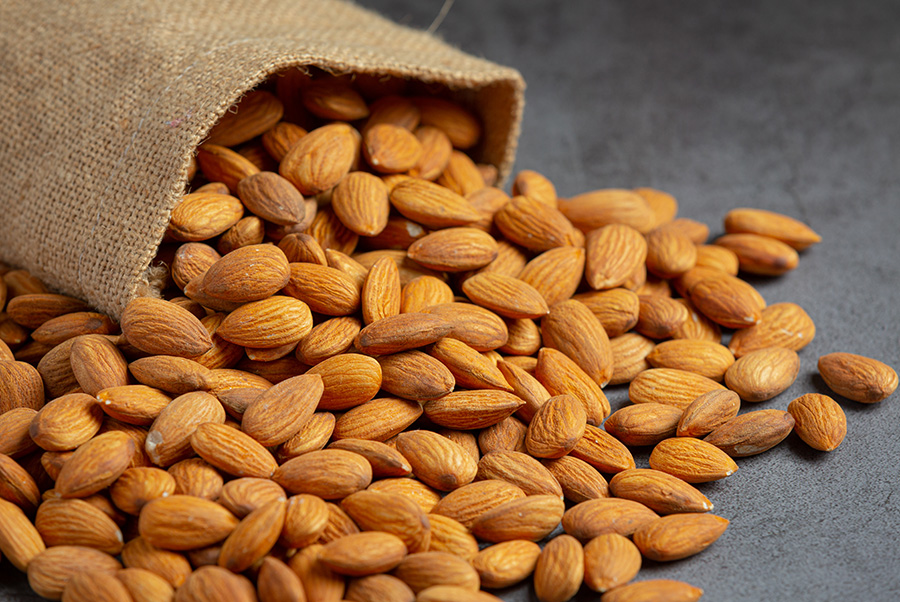
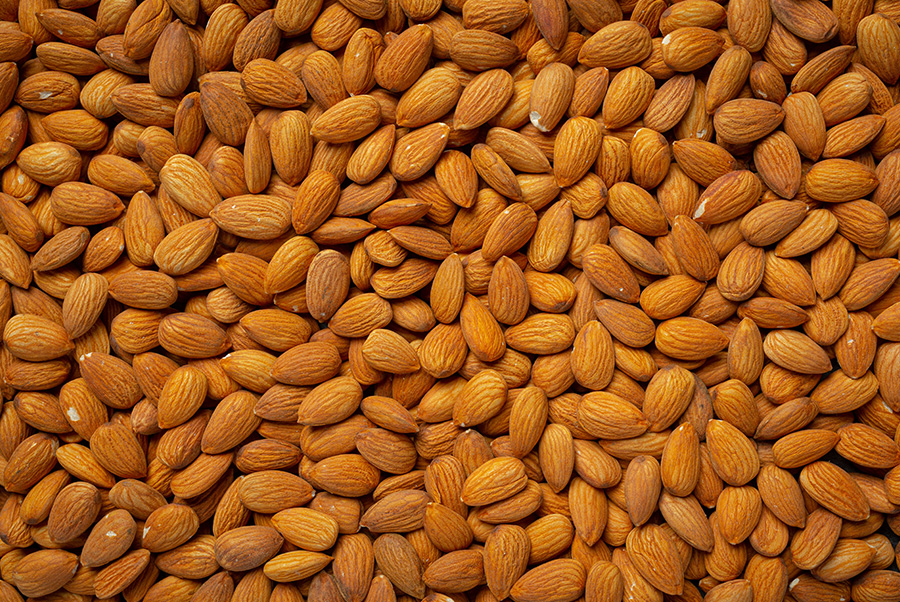

Walnuts
Colors: Extra Light, Light, Light Amber, Amber.
Formats: Whole with shell, Whole without shell, Half, Quarters.
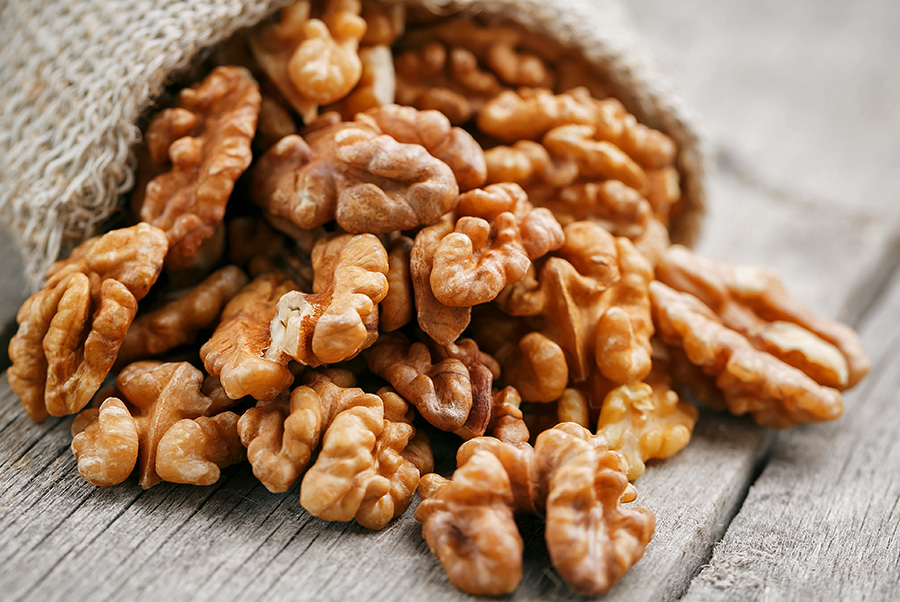
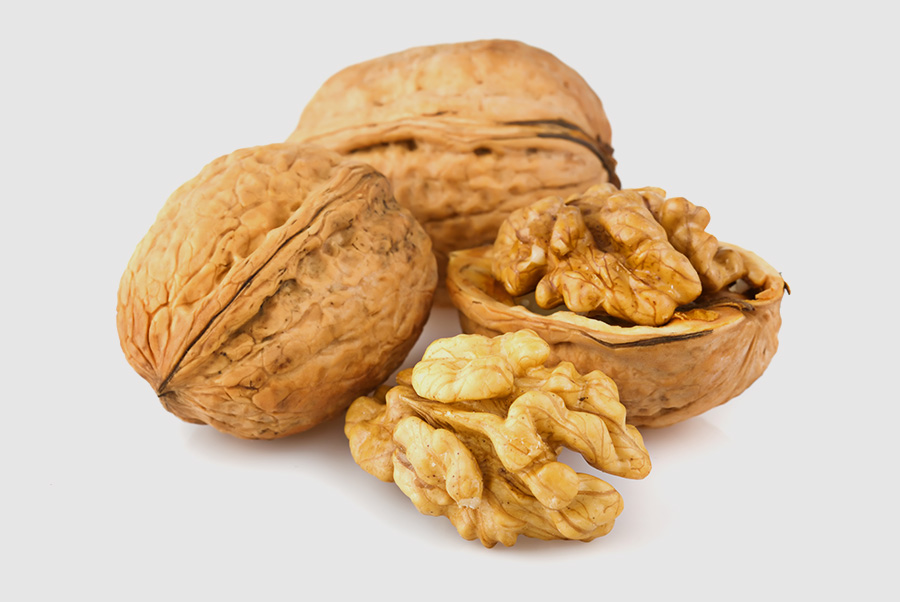
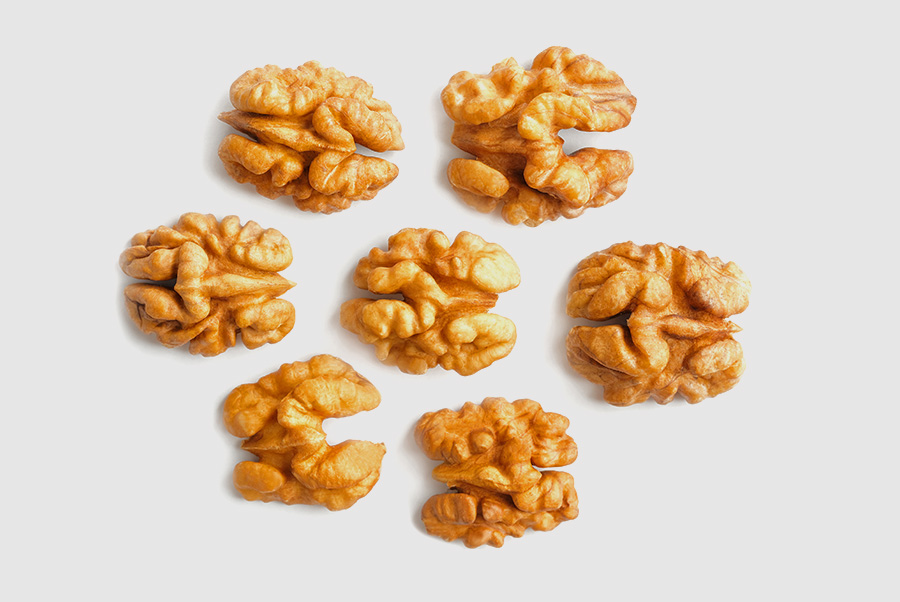
Dried Sweet Prunes
Formats: With the pit (unpitted) and without the pit (pitted)
Sizes: 30/40, 40/50, 50/60, 60/70, 70/80, 80/90, 90/100, 100/120 y 120/144

Raisins
Types: Flame Raisin, Golden Thompson Raisin y Thompson Raisin. All are seedless.
Sizes: Jumbo (over 12 mm of length) or Medium size (between 9 and 12 mm length).
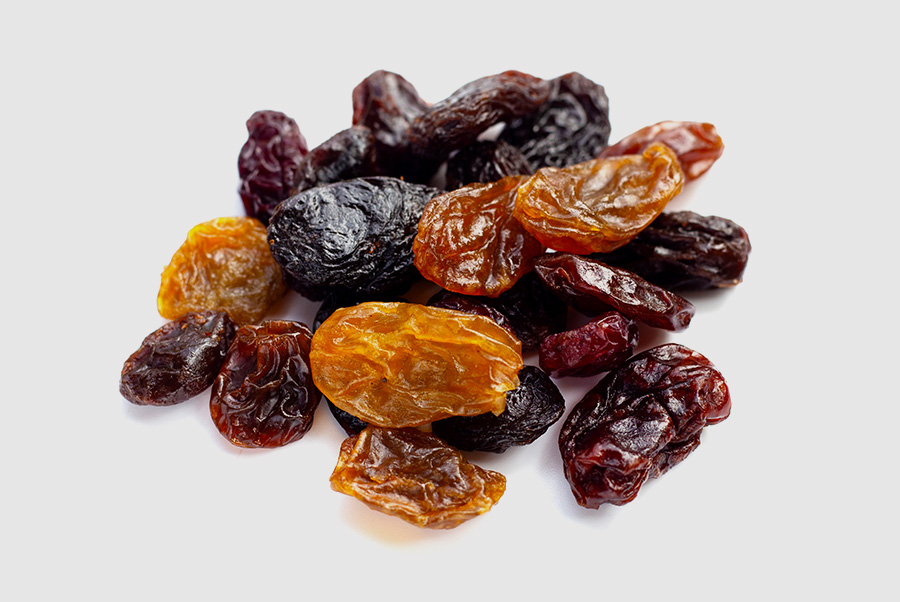
FUNGUS
Chilean Fungus: Hongo boletus
Macroscopic Characteristics
Hat that can exceed 10 cm diameter, initially convex shape, how long it re- mains in the end was just flattened. It is dark brown, especially young, but when dry becomes yellow-ocher. Its surface is very viscous, mucilaginous coating because it has, and gives sometimes a purple hue, and is also easily separable from the flesh of his hat. The edge is quite regular and youth is often found with remnants of the partial veil.
Tubes adnate or slightly decurrent, rather long, pale yellow, darkening to shades of old olive. Suillus immutable all.
Small pores and yellow angled somewhat brighter than the tubes.
Cylindrical and usually short walk or proportionate to the size of his hat, pale yellow granules above the ring, more brown on the bottom. His ring is white above and purplish below, with time left foot appressed or tends to disap- pear.
Meat thick but tender, soft, slightly more fibrous in the foot, pale yellow, unchanging. We cannot outline any- thing significant in terms of smell or taste.
Habitat: It is a common species in our pine forests, where there is real carpet years, especially during the fall.
Comment: It is unquestionably the best of Boletus from a culinary standpoint, it tastes rated as excellent. Are known as alternative medicine, avoid constipation by eating them with skin.
Taxonomic Management:
- Branch: Basidiomycotina
- Class: Homobasidiomycetes
- Subclass: Agaricomycetidae
- Order: Boletales
- Family: Boletaceae
Common names: Beletus, Sillius, Porcini, Cep.
Sales format and Delivery Shipping: This product is wild, is found only in season from late April to July and then from mid-September to late November, especially after rains. This fungus cannot be grown in a controlled environment, it is one and depends on the mycorrhizal pine roots to live.
Packing is made with propylene bags. One 20 ft container can load between 4,5 tons and 5 tons.
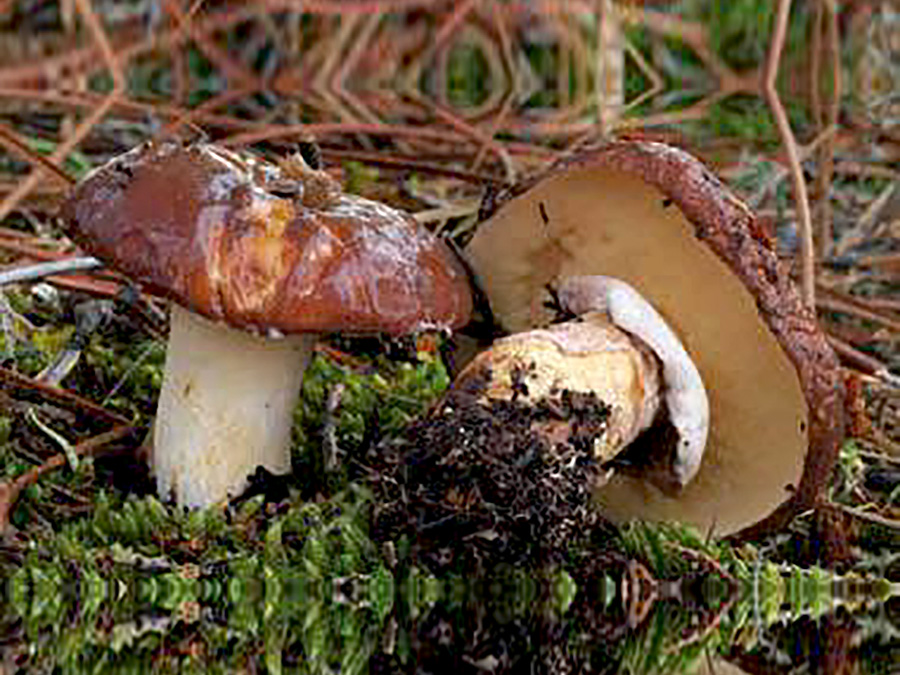


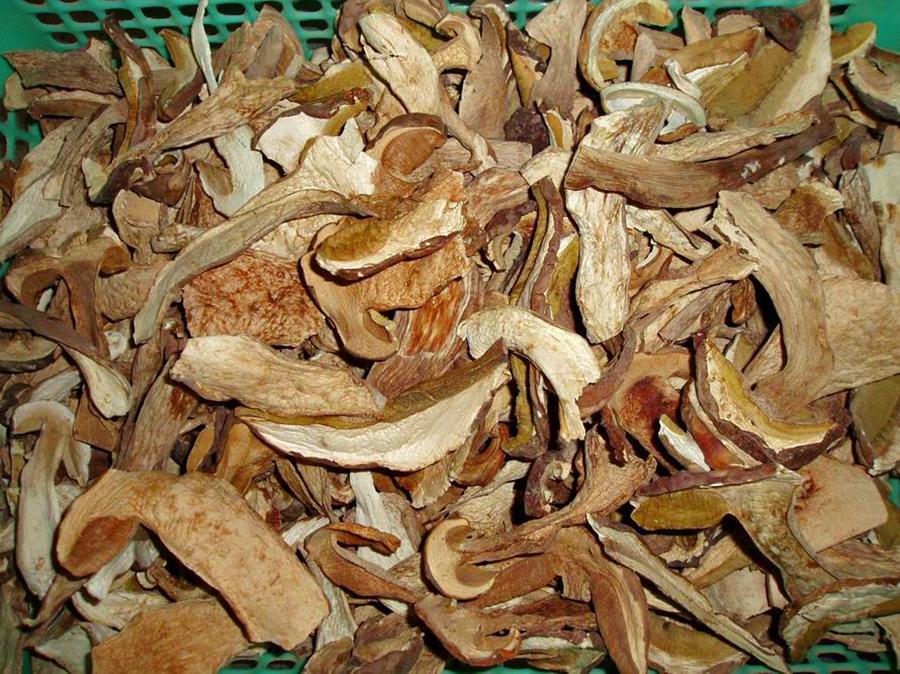

WINES
Chile’s Unique Geography, and its geographic barriers; the Atacama Desert to the north, the Andes Mountains to the east, the Patagonian ice fields to the south, and the Pacific Ocean to the west, make Chile a veritable agricultural island. Together they help maintain healthy conditions and protect vineyards against pests and disease. And with a geography as diverse as Chile’s, you can be sure that the climate will have terrific variation.
This unic world wide attributes, aloud us to offer great young red and white wines such as:
Red wines:
Red Wine
Cabernet Sauvignon
Merlot
Carmenere
Cariñan
Syrah
White wines:
White Wine
Sauvignon Blanc
Chardonnay
We can offer our wines on three different qualities:
Coupage: wine conceived with a mix wines of different characteristics in order to get new wine that involved all virtues of those involved in the mix, this wines are aged on stainless steel tanks.
Varietal: wine made primarily from a single named grape variety or at least a 85% of a single named grape variety, this wines are aged on stainless steel tanks.
Reserva: wine made from a specific grape variety that is of a higher quality than usual, aged before as is traditionally in oak barrels.
CABERNET SAUVIGNON VARIETAL 2016
DESIGNATION OF ORIGIN: Maule Valley
VINEYARD: Viñas San Javier and Villa Alegre
COMPOSITION: 100% Cabernet Sauvignon
ALCOHOLIC GRADE: 13º
TOTAL ACIDITY: 5 gr/L (H2SO4)
RESIDUAL SUGAR: 3.4 gr/L
Winemaking
Manual harvest in mid-April. The grapes were destemmed and gently ground before fermenting in stainless steel vats at a controlled temperature for about 10 days. Malolactic fermentation occurs in vats where the wine decants and clarifies naturally.
Tasting notes
Violet red. Aromas of blackberry, plum and a note of tobacco. On the palate, the wine is medium-bodied, with good varietal definition and soft tannins. The finish is pleasant, where the fruity aromas persist.
VARIETAL CHARDONNAY 2012
DESIGNATION OF ORIGIN: Maule Valley
VINEYARD: Viñas San Javier and Villa Alegre
COMPOSITION: 100% Chardonnay
ALCOHOLIC GRADE: 13.0º
TOTAL ACIDITY: 4.9 gr/L (H2SO4)
RESIDUAL SUGAR: 2.4 gr/L
Winemaking
The grapes were harvested perfectly ripe, at the end of March. After pressing, the must was fermented at low temperatures to maintain freshness. The wine was kept on its fine lees for almost a month to increase its complexity and volume in the mouth.
Tasting notes
Brilliant straw yellow. Aromas of toasted bread, yellow apple and tropical fruits. On the palate, the notes of ripe fruit are repeated and the wine presents itself with good volume and pleasant acidity.

